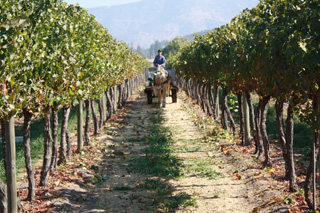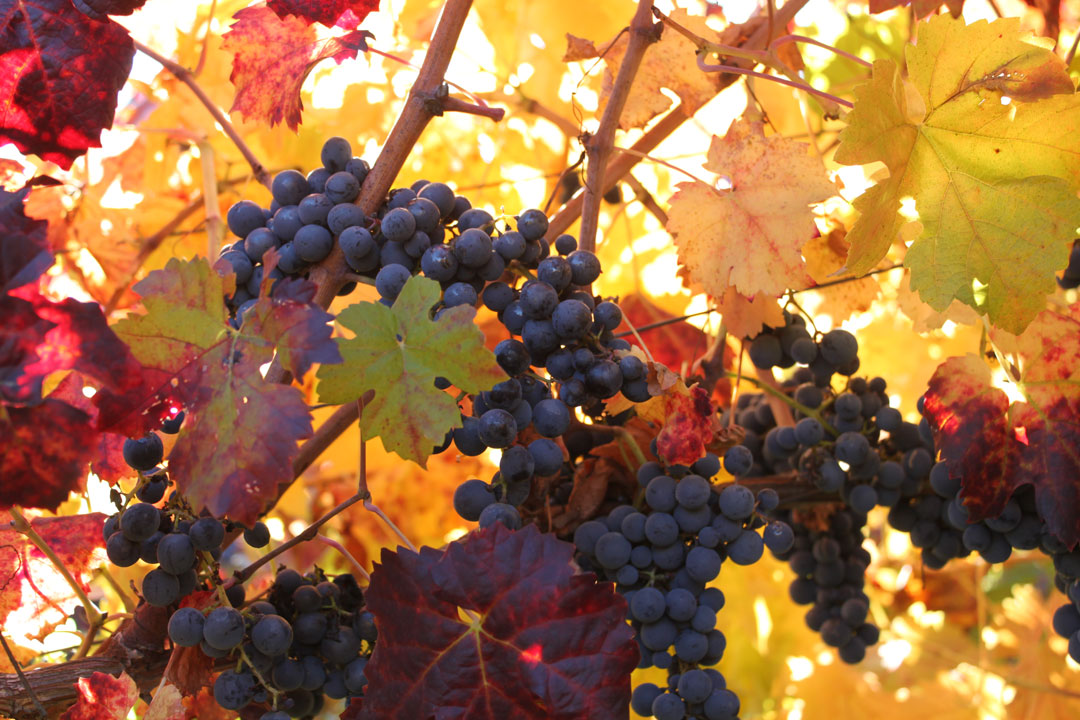News
Researchers identify the importance of remnants of native forests close to vineyards to maintain carnivore diversity in Central Chile
Despite this, research conducted by Camila García as part of her Master’s thesis in Agronomic and Environmental Sciences, Pontificia Universidad Católica de Valparaíso (PUCV) and led by Dr Juan Luis Celis based on data obtained from inventories made by the Wine, Climate Change and Biodiversity (VCCB) programme of the Institute of Ecology and Biodiversity, proposes that the presence of remnants of native forests immersed or surrounding vineyards, allows the conservation of carnivores, key species in ecosystems and that contribute to the biological control of some agricultural pests such as rodents and rabbits.
The publication, which is a contribution to the assessment of the abundance of carnivores in the agricultural area of Central Chile, addresses how carnivores – including güiña and colocolo cats, chilla and culpeo foxes, quique (ferret) and chingue (Patagonian skunk) – are threatened in human-intervened landscapes, not only by the degradation of their natural habitats as a result of land-use change for agricultural production, but also by hunting, domestic dogs and urban development. These factors influence that today the conservation of several species are threatened.
Juan Luis Celis, the lead researcher, professor at the Agronomy School, Pontificia Universidad Católica de Valparaíso and research associate of the Wine, Climate Change and Biodiversity programme, explains the role of carnivores “because they are at the top of the food chain, they have high habitat requirements and are therefore the first affected when their habitat is degraded or disturbed.
These species are key to controlling some pests and they do so without affecting crops, for example, by feeding on rabbits or rodents, indirectly they help to reduce agricultural losses caused by these species and particularly in the case of rodents, they help to control Hantavirus. Given its high habitat requirements, their conservation allows the conservation of other species with fewer requirements; they are known as “umbrella” species.
The scientific paper “Remnants of native forests support carnivore diversity in vineyard landscapes of Central Chile” discusses the differences between specialist carnivores – that require specific habitats for their conservation, such as the güiña or colocolo cat – and the generalist species that are less restrictive and adapt to different landscape environments, such as foxes – in areas with remnants of sclerophyll forest immersed or surrounding vineyards in Central Chile.
Karina Godoy, VCCB coordinator, who also participated in this study, comments that the appeal of this study is “that they were able to obtain relevant ecological information from private lands, which are not protected areas and where there is little research and where conservation actions can be carried out at the same time as production operations, such as the wine industry.”
Precisely, a key conclusion of this research concerns the benefits for the wine industry of maintaining natural habitats associated with native forest remnants, as this supports the conservation of biodiversity in production areas by benefiting wildlife populations and also by providing other ecosystem services such as pollination, pest control and water regulation in agricultural areas.


